Choosing the Right Anti-Static Bag for Your Needs
When it comes to protecting electronic components from electrostatic discharge (ESD), choosing the right anti-static bag is crucial. These bags are designed to prevent static electricity from damaging sensitive electronic devices during storage and transportation. With a variety of options available, it’s important to understand the different types of anti-static bags and their specific features to ensure you select the best option for your needs.
When it comes to protecting electronic components from electrostatic discharge (ESD), choosing the right anti-static bag is crucial. These bags are designed to prevent static electricity from damaging sensitive electronic devices during storage and transportation. With a variety of options available, it’s important to understand the different types of anti-static bags and their specific features to ensure you select the best option for your needs.
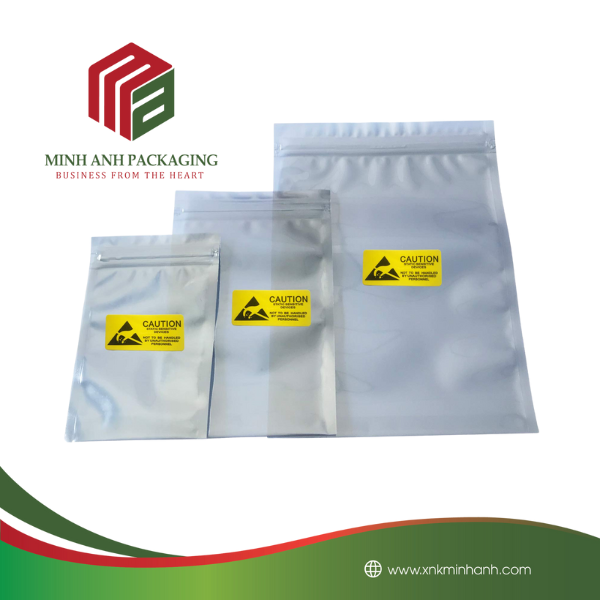
1.Anti-Static Shielding Bags:
These bags are constructed with a metallic layer that provides a Faraday cage effect, which prevents external static electricity from reaching the contents inside. They are commonly used for storing sensitive electronic components such as integrated circuits, printed circuit boards, and other static-sensitive devices.
2. Static Shielding Bags:
Similar to anti-static shielding bags, static shielding bags also provide a Faraday cage effect, but they are typically made from multiple layers of metalized polyester. This construction offers superior protection against static electricity and electromagnetic interference (EMI), making them suitable for more delicate and sensitive electronic components.
3. Anti-Static Resealable Bags:
These bags are designed for easy access and reusability. They are commonly used for storing items that require frequent handling or inspection, such as small electronic parts, cables, and connectors. The resealable feature allows for convenient access while maintaining anti-static protection.
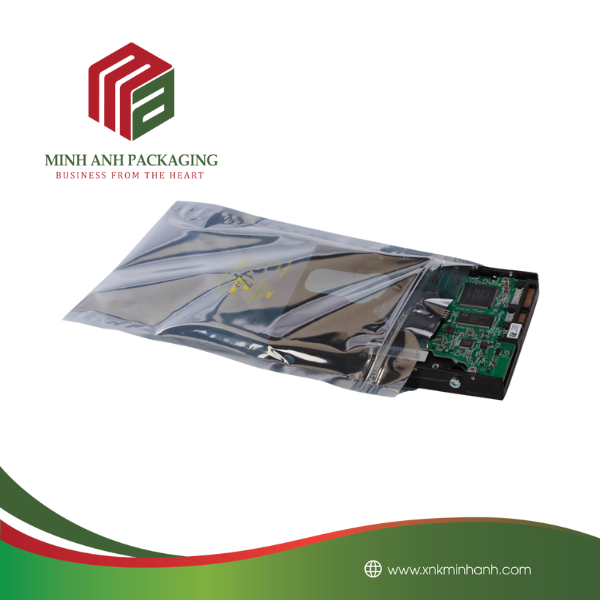
4. Conductive Bags:
Constructed with a carbon-loaded polyethylene material, conductive bags provide a low-resistance path to ground, effectively dissipating static electricity. They are ideal for transporting and storing electronic devices that require a high level of protection against ESD.
5. Pink Anti-Static Bags:
Pink anti-static bags are made from polyethylene with an added anti-static additive, providing a surface resistance that prevents the buildup of static electricity. While they offer basic anti-static protection, they are suitable for general-purpose use and can be an economical choice for non-critical electronic components.
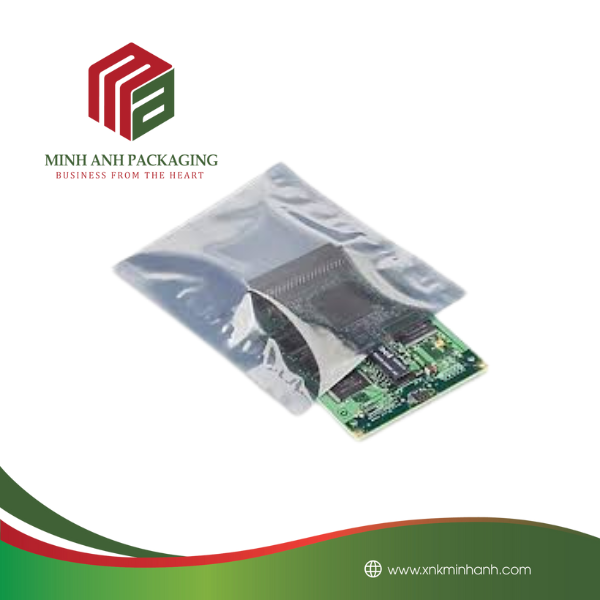
1. Level of Protection Required:
Assess the sensitivity of the electronic components you need to store or transport. Components with higher sensitivity levels require more advanced anti-static protection, such as static shielding or conductive bags.
2. Size and Durability:
Consider the size and durability requirements for your specific application. Ensure that the selected bag can accommodate the dimensions of the electronic components while providing sufficient strength to withstand handling and transportation.
3. Regulatory Compliance:
If your industry requires adherence to specific ESD standards, ensure that the chosen anti-static bag complies with relevant regulations and industry standards to guarantee proper protection for your electronic components.
4. Environmental Considerations:
Evaluate any environmental factors that may impact the performance of the anti-static bag, such as temperature extremes, humidity levels, or exposure to chemicals. Select a bag that can withstand these conditions without compromising its anti-static properties.
5. Long-Term Storage Needs:
If you require prolonged storage of electronic components, consider the longevity of the anti-static protection provided by the bag. Some bags may offer extended protection over time, while others may degrade in their anti-static properties with prolonged use.
6. Handling and Accessibility:
Determine if the electronic components will require frequent handling or access during storage or transportation. In such cases, resealable anti-static bags may be more suitable to ensure ease of access while maintaining anti-static protection.
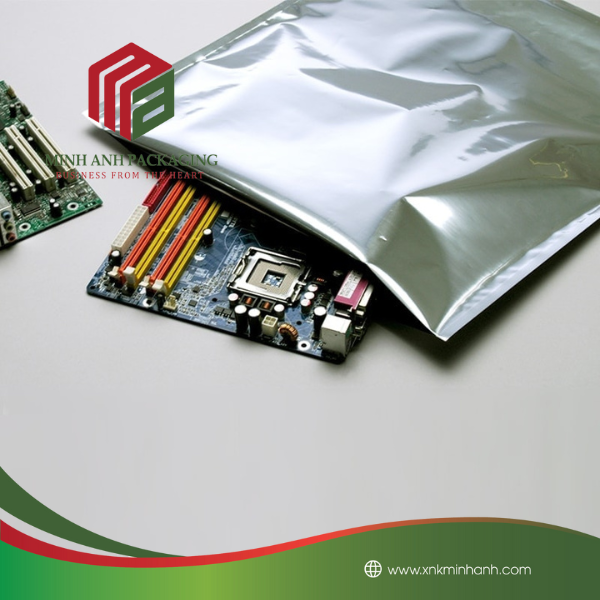
In conclusion, selecting the right anti-static bag is essential for safeguarding electronic components from ESD damage. By understanding the different types of anti-static bags available and considering key factors such as level of protection required, size, durability, regulatory compliance, environmental considerations, long-term storage needs, and handling requirements, you can make an informed decision to meet your specific anti-static protection needs.
Hãy là người đầu tiên nhận xét “Choosing the Right Anti-Static Bag for Your Needs” Hủy
Sản phẩm tương tự
Tin Tức Bao Bì
Tin Tức Bao Bì
Tin Tức Bao Bì
Tin Tức Bao Bì
Tin Tức Bao Bì
Tin Tức Bao Bì

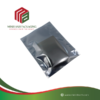











Đánh giá
Chưa có đánh giá nào.